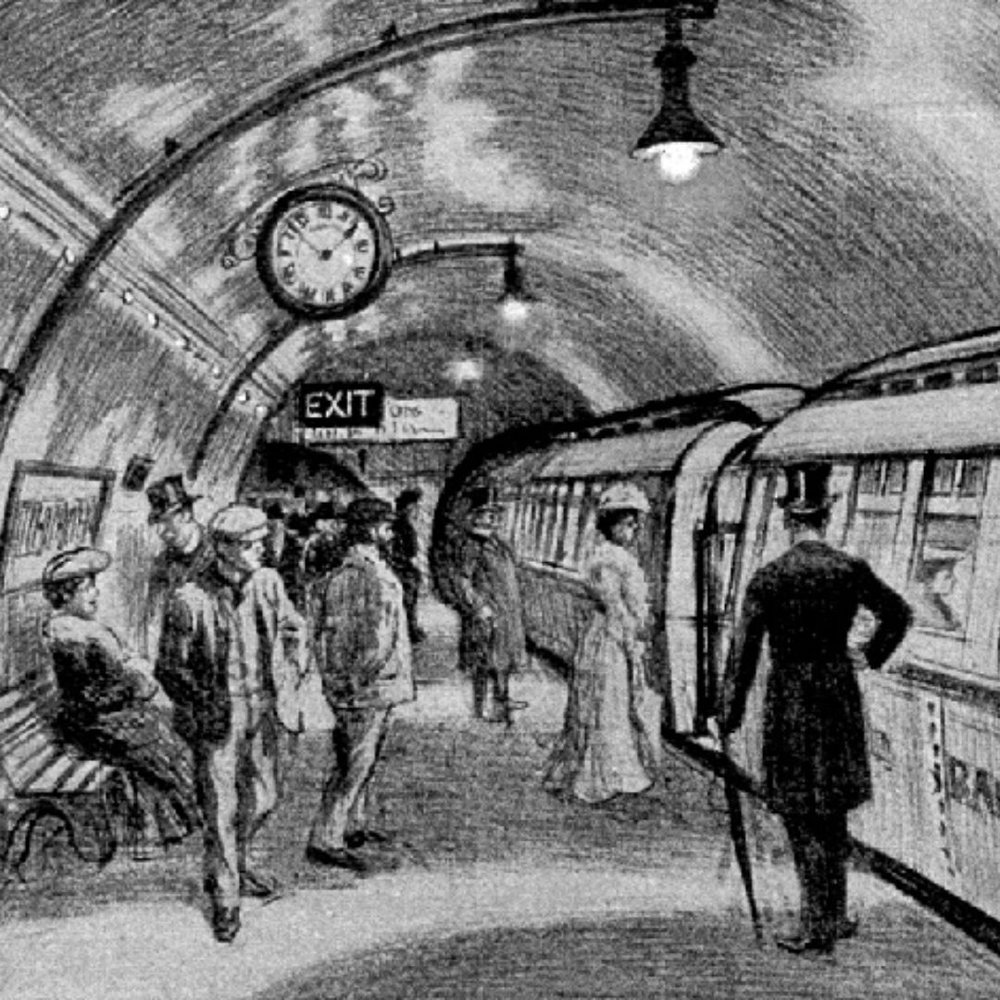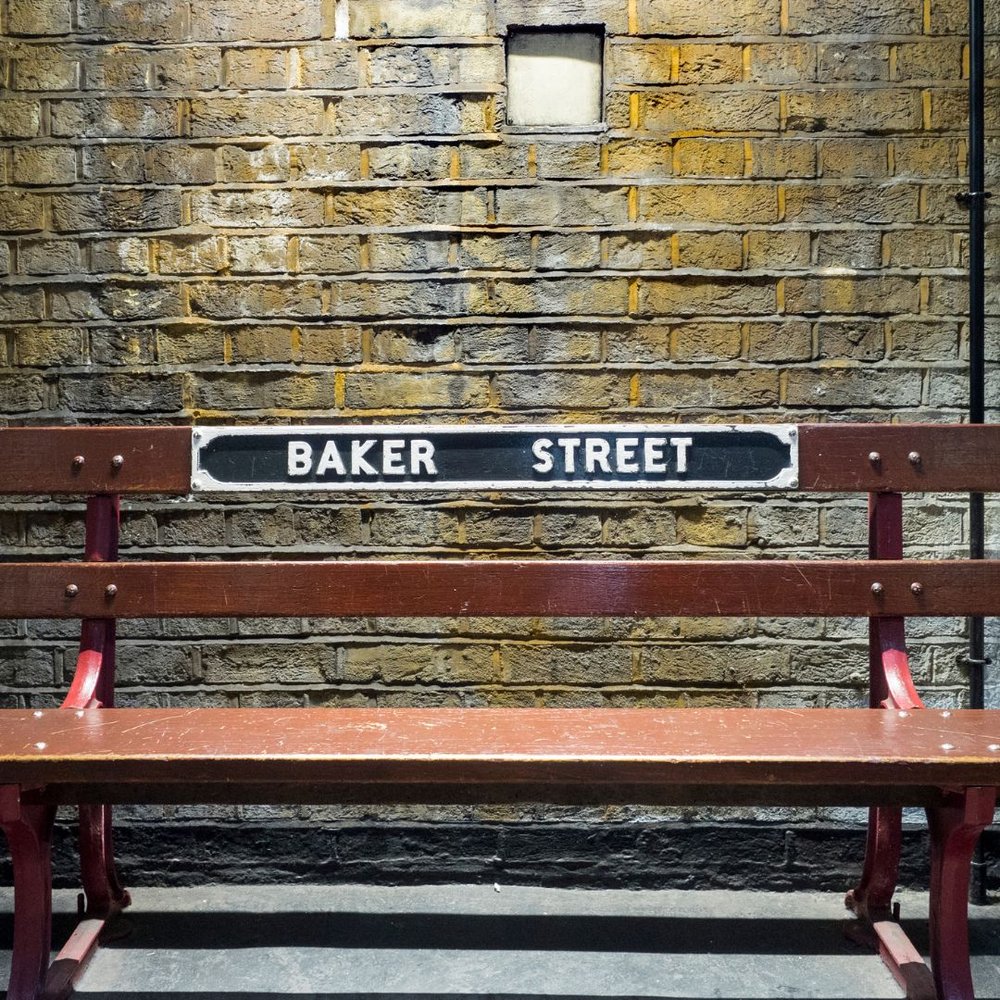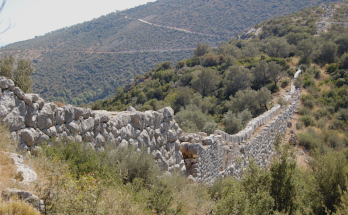Baker Street in London is the world’s oldest underground station.

Opened on 10 January 1863 as part of the Metropolitan Railway, Baker Street was home to the launch of a revolutionary idea – carrying passengers beneath Victorian London’s congested streets.
In the first half of the 19th century, the population and physical extent of London grew greatly.
The congested streets and the distance to the city from the stations to the north and west prompted many attempts to get parliamentary approval to build new railway lines into the city.

To counter this, construction started on the world’s first underground station in March 1860, using the ‘cut-and-cover’ method to dig the tunnel.
Despite several accidents during construction, work was complete by the end of 1862 at a cost of £1.3 million.
The incidents:
On 18 June 1925, electric locomotive No.4 collided with a passenger train when a signal was changed from green to red just as the locomotive was passing it. Six people were injured.
On 23 August 1973, a bomb was found in a carrier bag in the ticket hall.The bomb was defused by the bomb squad.
A week later, on 30 August, a member of staff found another bomb left on the overbridge. Again, it was defused without any injury.

The engineer, Sir John Fowler, dealt with difficulties, including how to navigate London’s infamous sewer lines, water drains, and pipes — without also interfering with the structural integrity of adjacent buildings.
It was eventually a groundbreaking, successful project and a marvel of British engineering.
Cutting a 90-minute journey to just 20 minutes, the ‘Met’ revolutionised travel in the city and provided the foundation for Metro systems across the world.
Today, you can explore closed-off parts of the station including original platforms, disused lift shafts and corridors that are hidden in plain sight – some of which were last accessed by the public over 75 years ago.
Learn about the station’s history as the Operational Headquarters for London Underground, and hear first-hand accounts from those who worked (and played) there over the years.

A tour will take you on a historical journey through the 160 years of the station, starting with the early days of Victorian underground steam travel and ending in the busy station of 10 platforms and five Underground lines that it is today.
Along the way, you’ll hear what the very first passengers thought of underground travel in 1863, how the Underground grew and expanded over the next 16 decades, and how Baker Street served not only passengers, but also London Underground staff.
Plaques have been placed along the platforms to show old plans and photographs of the station.
The artificial lighting of the original ventilation shafts gives an impression of how the station appeared at its opening, but without the accompanying smoke.
The tour takes approximately 85 minutes and can be booked via the London Transport Museum website.

Today, the station is now Listed Grade II – it’s now “of special interest, warranting every effort to preserve it”.
Baker Street is also famous for its connection to the fictional detective Sherlock Holmes, who lived at a fictional 221B Baker Street address on the north of the street.
The area was originally high class residential, but now is mainly occupied by commercial premises.
If you enjoyed this blog post, please follow Exploring GB on Facebook for daily travel content and inspiration.
Don’t forget to check out our latest blog posts below!
Thank you for visiting Exploring GB.



